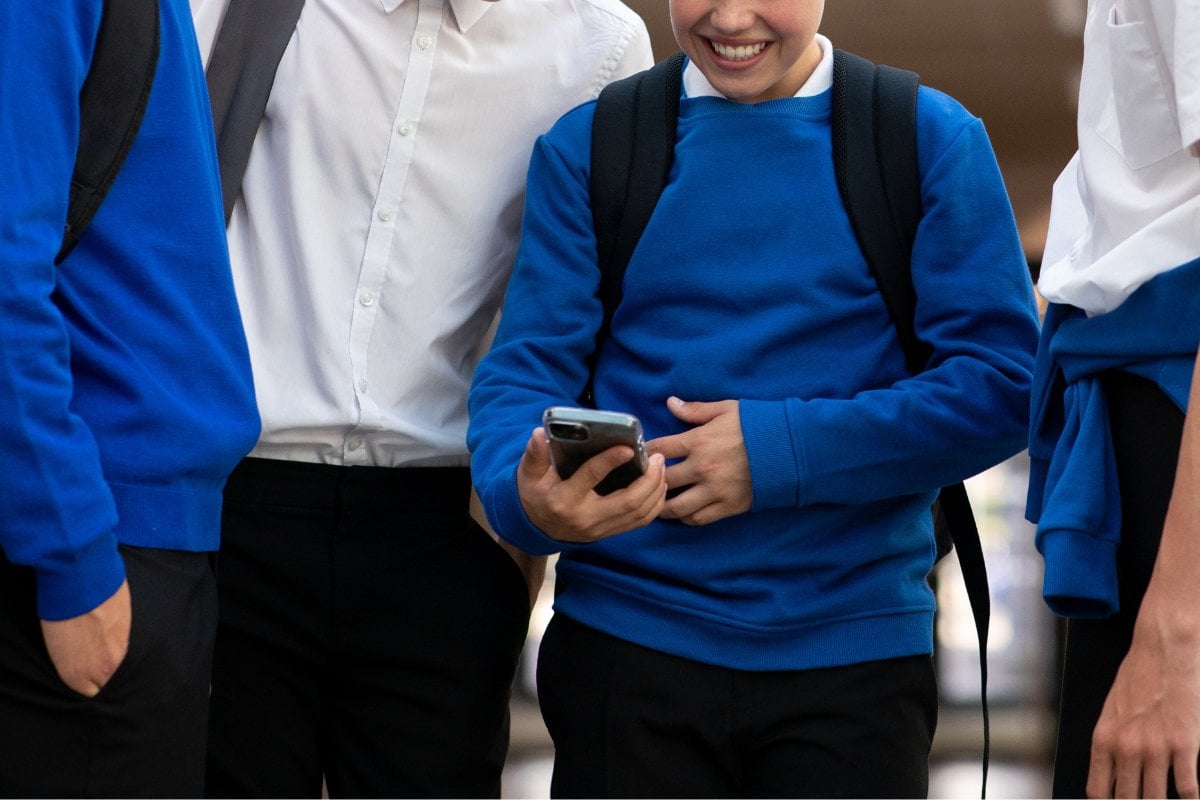
We need to talk about deep fake porn. Particularly the fact that high-school aged kids, often boys, are the ones behind this alarming new trend happening in schools.
According to the experts, deep fake porn has escalated in American and now Australian high schools, with some students using the technology to make videos of their female classmates, posting and distributing them online.
It has many quite concerned, and rightly so.
Firstly, what is deep fake porn?
Deep fakes are nothing new. Some might remember this viral deep fake video of Tom Cruise from a few years ago.
Essentially, a deep fake is an AI-generated edited software that shows someone doing or saying something that never happened. Think fake images created on photoshop – but the video and audio equivalent.
While the most convincing deep fakes are generated by powerful computers and intelligent software, anyone who has a computer and some strong technological literacy could do it too. That includes high school kids.
Watch: The concern surrounding deep fakes. Post continues below.
Sensity AI, a research company tracking deep fake videos, found that 96 per cent are pornographic in nature. And we can only guess the sheer amount of people within that percentage whose identity was used in a deep fake porn video without their consent.

Top Comments